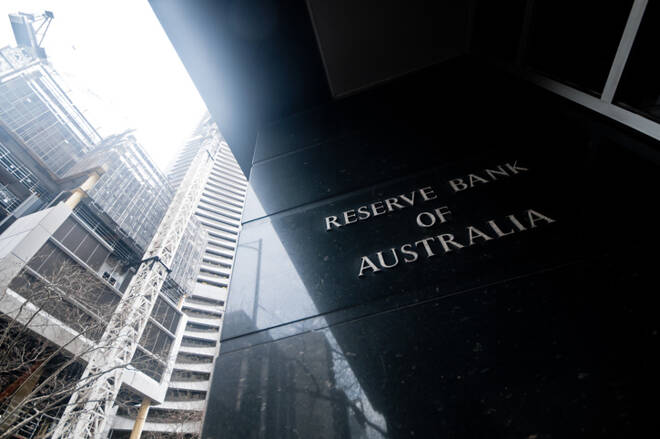Advertisement
Advertisement
The RBNZ – Panic Stations or Foresight?
By:
Did the RBNZ change the monetary policy landscape in the region, with its aggressive rate cut and forward guidance? Will the RBA follow suit?
The RBNZ cut rates by an aggressive 50 basis points in the Asian session on Wednesday, which caught the markets off-guard. Economist had forecast a 25 basis point rate cut.
Unsurprisingly, the Kiwi Dollar took a dive in response, falling to a session low $0.6378 before finding support on Wednesday
The move came in the wake of Tuesday’s RBA interest rate decision that delivered a more hawkish than anticipated hold on interest rates.
A material divergence in central bank action this week came in spite of deteriorating global trade terms and downside risks to both economies.
As noted by both central banks, household consumption continues to be the greatest area of uncertainty for the respective economies.
While both housing sectors have also been under pressure, perhaps the single biggest difference between the 2, has been central bank sentiment towards household debt.
Ballooning household debt has been a sticking point for the RBA throughout the 1st half of the year.
In spite of the extended U.S – China trade war, global economic slowdown, and risks to both economies, a lowering of interest rates by the RBA would increase household disposable income. On the negative, household debt may also increase. It’s household debt that has been a bugbear for the RBA in recent years.
Lowering rates would likely come back to haunt the RBA should the RBA reach the point of raising rates down the road.
Interestingly, New Zealand also has a sizeable household debt to GDP ratio. While sitting behind Australia on the global rankings, New Zealand wasn’t far behind. According to figures released by Trading Economics, New Zealand’s household debt to GDP stood at 94% in 2018, compared with 120.3% for Australia.
Policy Outlook
Wednesday’s rate cut was not the only thing that caught the market’s off-guard. Through the press conference that followed, RBNZ Governor Orr also talked of the possibility of more rate cuts. Governor Orr even talked of the prospect of negative rates.
A particularly dovish RBNZ comes at a time when central bank forward guidance has remained mixed.
Will the RBA look to now follow the RBNZ’s latest move to support domestic consumption and business investment?
If the concern is truly in relation to household spending, a steadying in the Australian housing market would support a near-term rate cut. A lack of wage growth would need lower rates to boost disposable incomes.
Should the ongoing U.S – China trade war continue to escalate, we can expect central banks to place a greater emphasis on domestic spending.
ECB President Draghi did just that at the last ECB press conference. Strong labor market conditions and wage growth are expected to offset the negative effects of a dire manufacturing sector environment.
For both the RBA and the ECB, it may boil down to the FED’s next interest rate decision. There’s also the U.S – China trade war to consider. A shift in position by either side could ease pressure on central banks to make a move.
If economic indicators continue to deteriorate it’s hard to see either central bank standing pat.
While the RBA is still some way off negative rates, the ECB could beat the RBNZ to the punch. Then there’s the BoJ, which could send rates even deeper into negative territory.
Monetary Policy Buffers
Since the global financial crisis, there had been plenty of talk of the need for maintaining a buffer.
The RBNZ’s aggressive rate cut this week seemed to cast aside the concept of maintaining buffers for a rainy day.
An escalation in the U.S – China trade war ahead of the Wednesday move may have had an influence.
The lack of a buffer to allow the RBNZ to navigate out of a direr economic environment may well leave the Kiwi Dollar under pressure near-term.
Ultimately, the latest move may only be a good thing for trade terms and tourism. Perhaps other central banks will be eyeing the New Zealand economy…
U.S President Trump would certainly embrace a similar stance by the FED. And, if the FED moves, then expect the dominos to fall…
At the time of writing, the Kiwi Dollar was up by 0.18% to $0.64565, supported by a weaker Chinese Yuan…
About the Author
Bob Masonauthor
With over 28 years of experience in the financial industry, Bob has worked with various global rating agencies and multinational banks. Currently he is covering currencies, commodities, alternative asset classes and global equities, focusing mostly on European and Asian markets.
Advertisement
